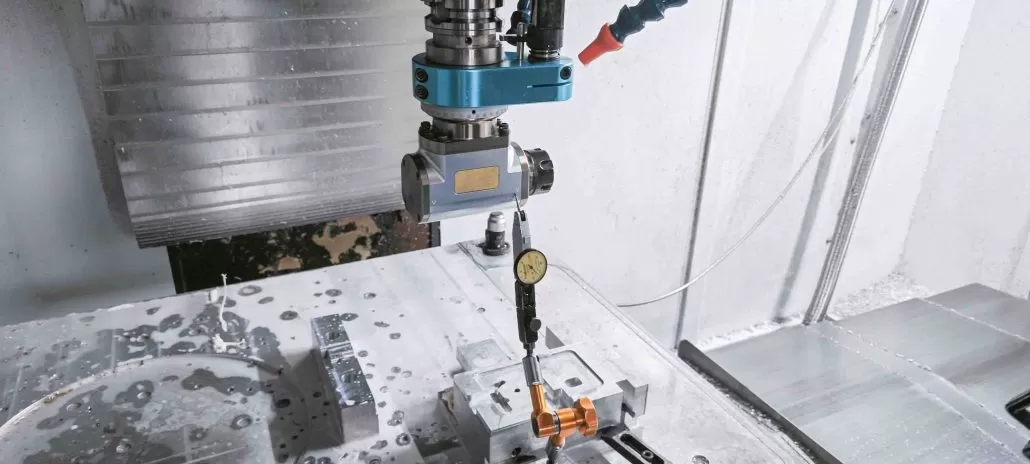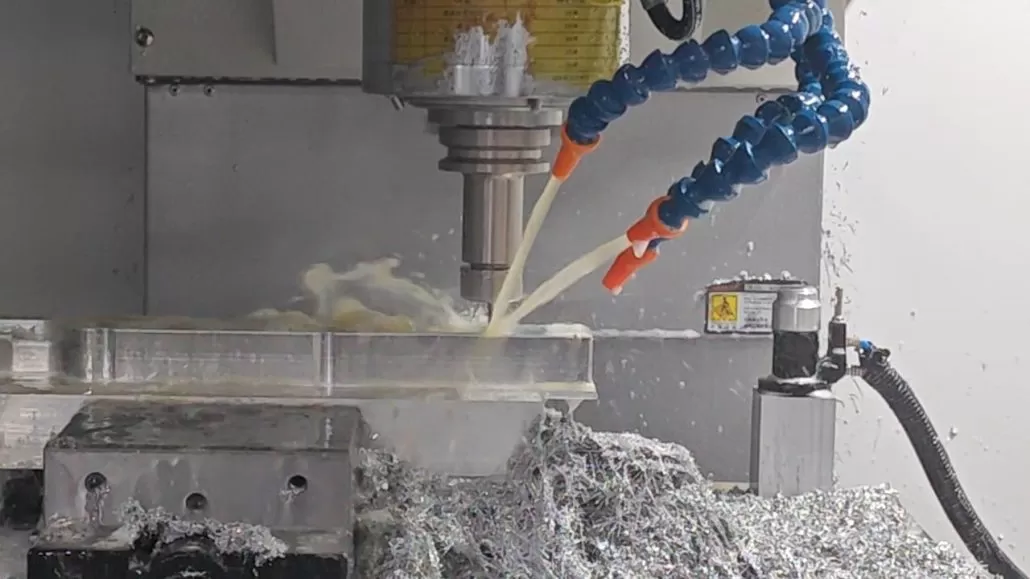CNC machining is an impressive field that is used across various industries, including aerospace, automotive, and manufacturing. It’s a process that involves computer-controlled machines that can produce highly accurate parts and components. Learning CNC metal machining can be a great way to start a career or enhance your skills, but it can be overwhelming as it requires knowledge of various concepts, machines, and software. In this article, we will provide a comprehensive guide on how to learn CNC machining and get started with your journey.
Step 1: Understand the Basics
Before diving into CNC machining, it’s important to have a basic understanding of the following concepts:

CAD (Computer-Aided Design)
CAD is a software used to create 3D models that can be used to create CNC programs. CAD software is essential as it helps to visualize the design of the part or component before the manufacturing process begins.
CAM (Computer-Aided Manufacturing)
CAM is the process of converting the design created on CAD software into machine code that can be read by CNC machines. CAM software helps to generate the toolpaths and define the cutting parameters based on the design.
G-Code
G-Code is the language that CNC machines use to interpret the program generated by the CAM software. It’s a set of instructions that tells the machine how to move the cutting tool and where to cut.
Tool Paths
Tool paths are the specific movements that the machine will make to create the desired shape. They are generated by the CAM software based on the design, material, and cutting parameters.
Cutting Speeds and Feeds
Cutting speeds and feeds are the settings that determine how the machine will cut the material, such as the speed of the spindle and the depth of the cut. These settings are critical as they affect the quality of the part, the tool life, and the machining time.

Step 2: Enroll in a CNC Machining Course
Once you have a basic understanding of these concepts, you can enroll in a CNC machining course. There are various options available online and in-person that cover everything from the basics to advanced techniques. Some popular options include:
- Udemy
- Coursera
- ToolingU
- Haas Automation
These courses provide a structured learning environment and often include hands-on exercises to help you practice what you have learned.
Step 3: Practice, Practice, Practice
Like any skill, CNC machining requires practice to become proficient. Consider purchasing a small CNC machine for your home or enrolling in a workshop to gain hands-on experience. You can also practice by creating simple designs and running them through simulation software to see how the machine will interpret them.
Step 4: Join a Community
Joining a community of CNC machinists can provide valuable resources and support. Consider joining forums or groups such as:
- CNCZone
- Practical Machinist
- Reddit’s r/CNC
These communities can provide tips and advice on everything from choosing the right machine to troubleshooting common problems.
Step 5: Keep Learning
CNC machining is an ever-evolving field, so it’s important to stay up-to-date on the latest technologies and techniques. Attend trade shows and conferences, read industry publications, and continue to take courses to expand your knowledge. There are also many online resources available, such as YouTube channels and blogs, that can help you stay current.
In conclusion, CNC parts machining is a valuable skill that can open up opportunities in various industries. By following these steps, you can become a skilled CNC machinist in no time. Good luck on your journey to mastering this exciting field!


